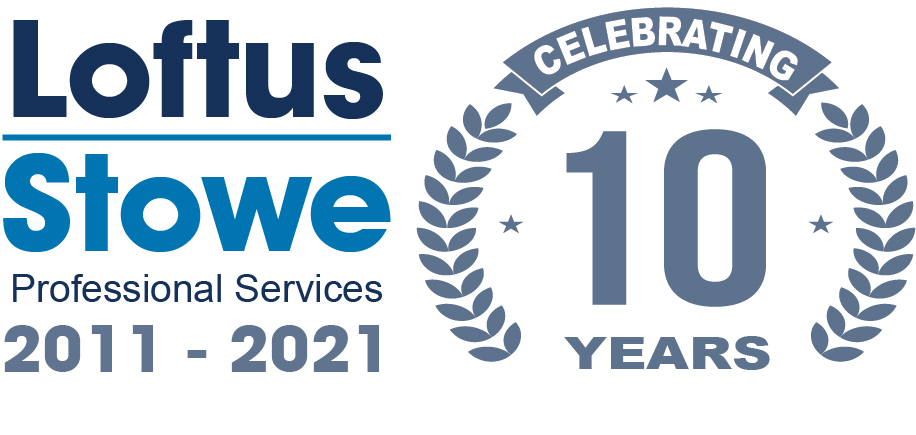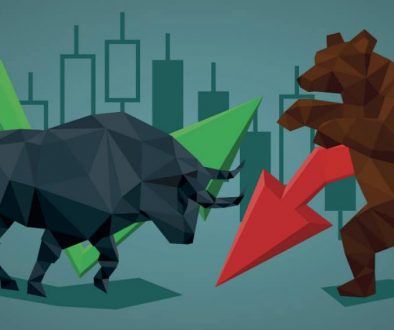Looking at the chart of Aviva Plc. (LSE: AV) (NYSE: AV.US) alongside theFTSE 100gives you a perfect illustration of how different stock prices respond to variations in investment environments, for when it comes to how bull markets impact companies valuations, a rising tide does not lift all boats.
In the past year, Aviva is up an impressive 31% versus a more sober5.1% across the board. But over the previous 5-year period, Aviva is still trailing the index by around a third. For a long time, Aviva lagged the FTSEheavily: indeed, up until this time last year, investors were still out of pocket on a five year basis.
Some analystshave pointed out latelythat investors are getting too greedy for companies targeting aggressive growth, andchief among such companiesis Aviva. These investorsare at risk of losing money in the overhyping of the stockprice, they maintain. I disagree, since that type of thinking ignoresperhaps the most fundamental pictureof market activity: the rate of incline of the curve.
Curvy Is Better
The key to understanding thediverging charts between the indexas a whole and Aviva specifically is to seethat in stock markets prices and the earnings on which they are based multiply on an exponent basis. The bigger theexponent and curvier the growth trajectory, the bigger the gains.
As an insurance and asset management provider, Aviva does well in markets where people are spending and investing: after all, you only insure everything in the house or invest in asset management funds when you can pay the mortgage first.
But recently, thats been the case for many around the world,soAvivas earnings are soaring. The company made 35.1bn of sales in the first six months of 2014, a comparative increase of 60% over the same 12-month ago period. But the sales got easier to make too,meaning lower costs. The additional sales and lower overhead combined is what makes for the exponent ratio of growth in earnings, so Avivas H114 profit of 938m showed a 45% increase over the same period last year and is still climbing when you consider its also on target to chop an additonal 6.9% of its operating expenses.
Of course, manycompanies right nowarereporting big revenue increases, but they are also reporting cost increases. Thats a completely different songto the one Aviva is singing, since in that case there is a significantly lowerexponent drivingthe growth multiple of the bottom line.
With this in mind, Avivas current P/E of 24 looks muchcheaper that the market as a whole on a forward basis since itappears investors are still discountingthe exponentmultiple in Avivas earnings, to the extent the stock maydoublein valueover the next year from here if things remainon track.
Harnessing The Exponent
That might seem a big call, given that Avivahas a market capitalisation of15 billion already, but exponentmultiples when stretched out over time frequentlylead togains that way outstrip returns in comparative investments.
Thats why investment cases involving turnaround stories like this onestand to yield such outsize gains, since the earnings and the growth are simultaneouslydriven by exponential changes at the companys operating level. Motley Fools 3 Shares To Beat Property are born out of the same principle, too.
To get a practical grip understanding on how to parlay this and other skills into picking your own winners, read this free Foolish report now on 10 steps you can apply to making a million from your own investment in the market.




